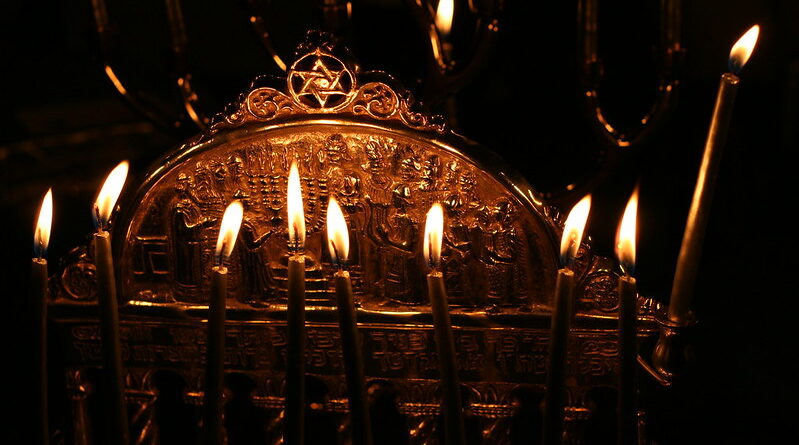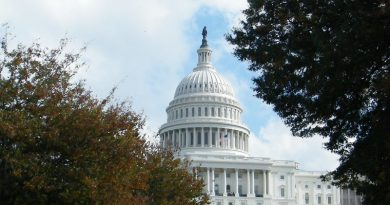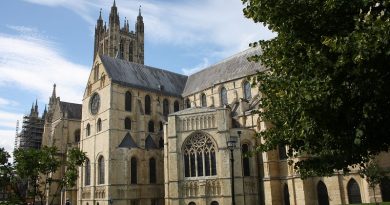Season’s Greetings: A Short History of Hanukkah
Hanukkah is a Jewish festival commemorating the rededication of the Second Temple in Jerusalem at the time of the Maccabean Revolt against the Seleucid Empire. It is also known as the Festival of Lights.
Hanukkah is observed for eight nights and days, which may occur at any time from late November to late December in the Gregorian calendar . The festival is observed by lighting the candles of a candelabrum with nine branches, called a menorah (or hanukkiah). One branch is typically placed above or below the others and its candle is used to light the other eight candles. This unique candle is called the Shamash . Each night, one additional candle is lit by the shamash until all eight candles are lit together on the final night of the festival.Other Hanukkah festivities include playing the game of dreidel and eating oil-based foods, such as latkes and sufganiyot, and dairy foods.Foods are fried in oil, commemorative of the miracle of the Maccabees’ long-burning oil.
Since the 1970’s, the worldwide Chabad Hasidic movement has initiated public menorah lightings in open public places in many countries. In recent decades, particularly in North America, Hanukkah has exploded into a major commercial phenomenon, largely because it falls near or overlaps with Christmas. From a religious perspective, however, it remains a relatively minor holiday that places no restrictions on working, attending school or other activities.
The events that inspired the Hanukkah holiday took place during a particularly turbulent phase of Jewish history. Around 200 B.C., Judea—also known as the Land of Israel—came under the control of Antiochus III, the Seleucid king of Syria who allowed the Jews who lived there to continue practicing their religion. His son, Antiochus IV Epiphanes, proved less benevolent: Ancient sources recount that he outlawed the Jewish religion and ordered the Jews to worship Greek gods. In 168 B.C., his soldiers descended upon Jerusalem massacring thousands of people and desecrating the city’s holy Second Temple by erecting an altar to Zeus and sacrificing pigs within its sacred walls.
Led by the Jewish priest Mattathias and his five sons, a large-scale rebellion broke out against Antiochus and the Seleucid monarchy. When Matthathias died in 166 B.C., his son Judah, known as Judah Maccabee (“the Hammer”), took the helm; within two years the Jews had successfully driven the Syrians out of Jerusalem, relying largely on guerrilla warfare tactics. Judah called on his followers to cleanse the Second Temple, rebuild its altar and light its menorah—the gold candelabrum whose seven branches represented knowledge and creation and were meant to be kept burning every night.
Main image: Festival of Lights, Robert Couse-Baker, Flickr Creative Commons




